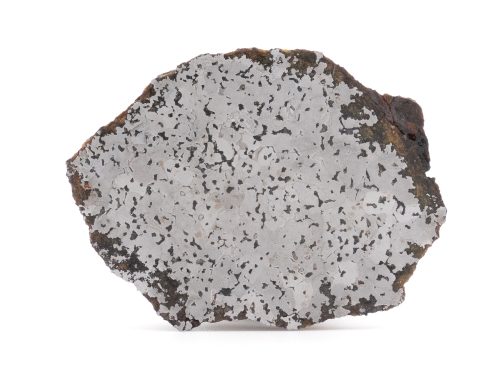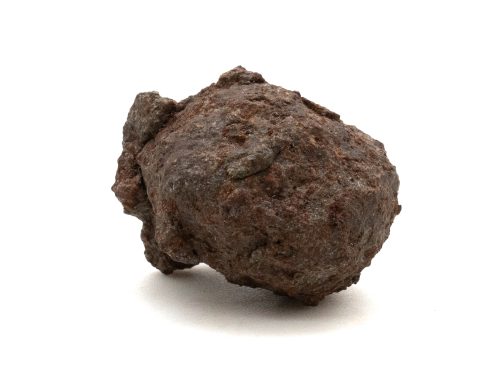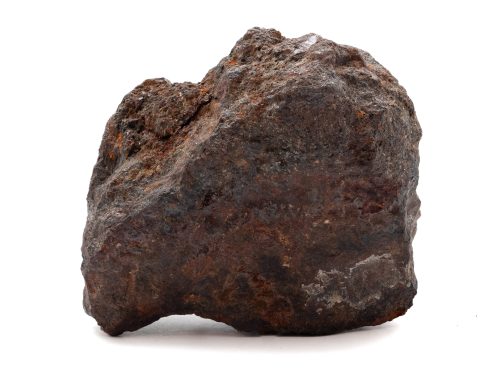Bondoc
Mesosiderite-B4
Found in Southern Tagalog, Philippines, 1956
The story of the recovery of the Bondoc mesosiderite is one of perseverance- and nearly killed four men. Though many doubted the mass was of meteoritic origin, H. H. Nininger insisted samples be sent to him from the site to be tested and had enlisted the help of John A. Lednicky, a graduate from the University of Kansas, to move the giant stone.
Lednicky had to walk for nine hours along a reportedly snake and crocodile-ridden river to reach the stone. Which would cost about $3,700 in the early 1960s to move; today, that would be about $38,414.
Though smaller than Lednicky’s men had reported, three caribous were unable to move the 1,955-pound (~887-kilogram) mass, which had been loaded onto a sled. A large bulldozer had to be brought in to move the Bondoc to the mouth of the river, where it would then be placed on a raft they constructed out of bamboo, to transport the behemoth down the river and across a stretch of the sea. A typhoon temporarily derailed the meteorite’s journey; two motorized boats had to be employed to stabilize the raft and when one of the boats sank, nearly killing 4 men. Once ashore, the meteorite was taken by truck, with great difficulty, to Manila. Once there, the meteorite was carefully crated and shipped to the United States, after many delays and run-ins with red tape.
In his book Find a Falling Star, Nininger wrote that “John Lednicky put three and half years of effort and frustration into the ‘favor’ he had offered in late 1958. Without him the Bondoc meteorite would never have been recovered.”
The iron examples of this material are described as Bondoc nodules. Some of the matrix survived in excellent condition. These are described as Bondoc silicates.
Showing all 5 results




